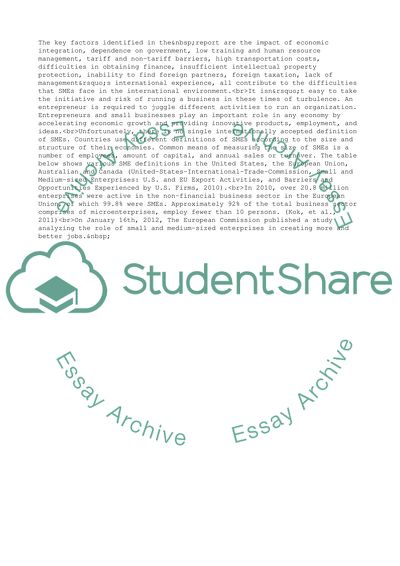Cite this document
(Small and Medium Enterprise in International Environment Research Paper - 1, n.d.)
Small and Medium Enterprise in International Environment Research Paper - 1. Retrieved from https://studentshare.org/business/1772545-small-and-medium-sized-enterprises-and-the-risks-they-face-in-an-international-environment
Small and Medium Enterprise in International Environment Research Paper - 1. Retrieved from https://studentshare.org/business/1772545-small-and-medium-sized-enterprises-and-the-risks-they-face-in-an-international-environment
(Small and Medium Enterprise in International Environment Research Paper - 1)
Small and Medium Enterprise in International Environment Research Paper - 1. https://studentshare.org/business/1772545-small-and-medium-sized-enterprises-and-the-risks-they-face-in-an-international-environment.
Small and Medium Enterprise in International Environment Research Paper - 1. https://studentshare.org/business/1772545-small-and-medium-sized-enterprises-and-the-risks-they-face-in-an-international-environment.
“Small and Medium Enterprise in International Environment Research Paper - 1”, n.d. https://studentshare.org/business/1772545-small-and-medium-sized-enterprises-and-the-risks-they-face-in-an-international-environment.


